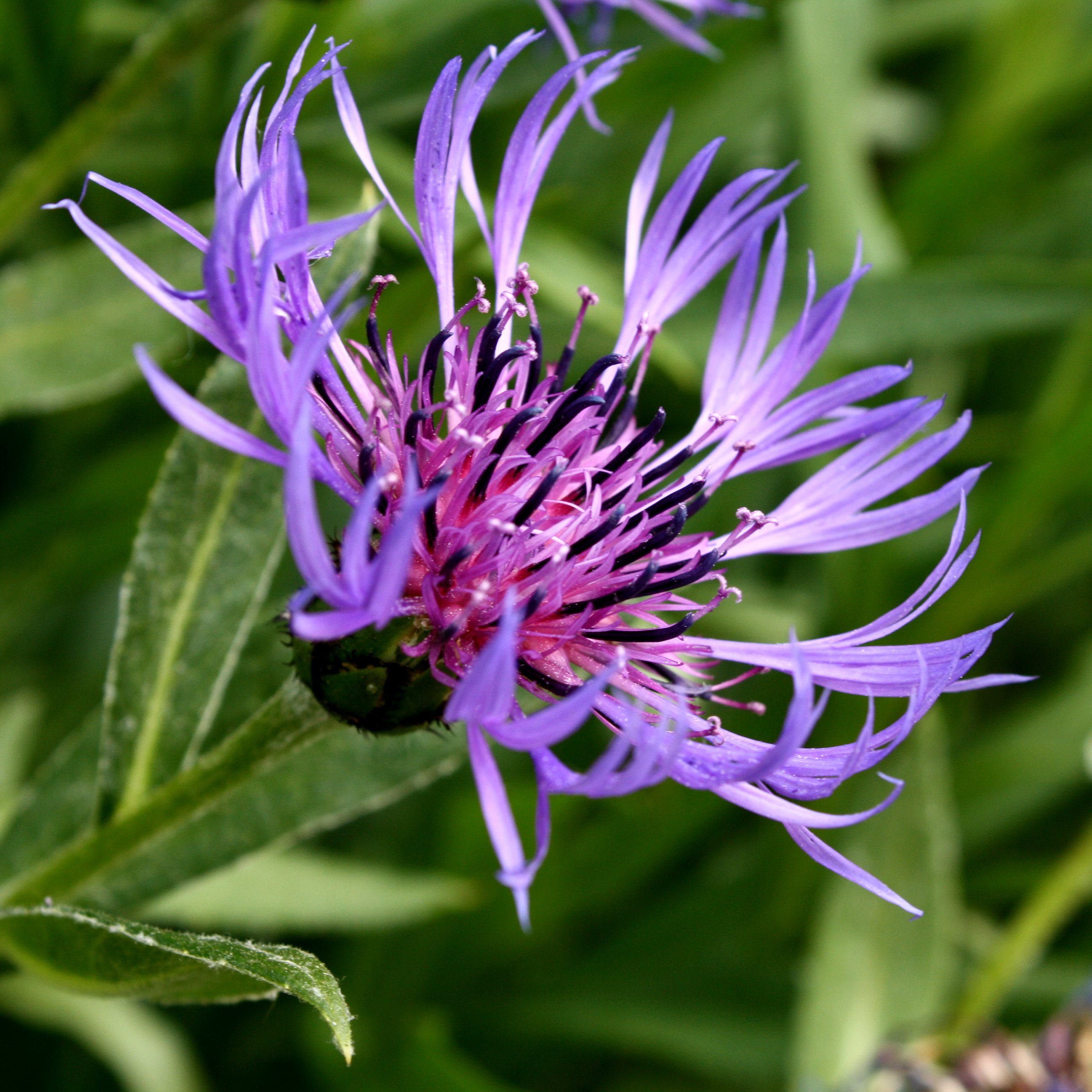
:max_bytes(150000):strip_icc()/lilacs-big-5a68a9f9ff1b780037fc52e2.jpg)
Pineapple sage has a moderate tolerance to drought once established but performs best planted in well-drained fertile soils with regular water applications. Grow pineapple sage as either an annual or grow it in containers and bring it indoors during winter. In summer through fall, long flower spikes form that fill with two-lipped scarlet flowers. The sage has a clumping habit, growing 3 to 4 feet tall and spreading about 2 feet, with green, ovate, hairy-feeling leaves. Pineapple sage earns its common name from the fragrance of its crushed flowers and foliage. The plant can be used as a hedge, screen, or backdrop in medians, along roadways, in parking lots, and in masses for color display. It may bloom periodically after a hard rain.

Small clusters of bluish-violet blooms appear in abundance after the summer monsoon and again in the fall. The stems are twiggy when young and become woodier with age. This stunning, irregular-shaped shrub grows five feet high and four to five feet wide with small, hairy, silvery white foliage. Thunder Cloud Sage (Leucophyllum candidum) In suitable growing conditions it will form a mat up to 15 ft. It is sensitive to heat and direct sun leaf drop is an indication of too much sun or heat or inadequate moisture. It is moderately drought tolerant if given some shade. The flowers range in color from white to blue, lilac and purple. The flower clusters are scapose, with clusters 1 to 1.5 centimeter wide. The leaves are about 3-6 centimeters long and.5 to 1.5 centimeters wide they are hairy, the upper surface with minute hairs, and the lower surface so densely covered with re-curved hairs that it looks white. Sonoma Sage also referred to as Creeping Sage is a mat-forming sub-shrub with stems growing no more about 40 centimeters high. White sage is strongly aromatic, with a powerful and slightly acrid sage smell. From a few feet away, the white flowers sometimes appear to have a purplish tint. Each flower spikes bears ~100 white flowers with tiny lavender spots and streaks. Younger leaves tend to be greener, and turn whiter as they get older. The leaves (about 1.5-3 inches long) are covered with dense hairs, which give them a white coloring, sometimes with a bluish tint. Salvia apiana, the white sage, bee sage, or sacred sage is an evergreen perennial shrub that grows rapidly to 3 or 4 feet tall, with white flower spikes shooting up sometimes 8 feet or more. Because of its strong flavor, sage holds up well to fatty or rich foods such as sausage or meat pies. If you dry your sage or use dried sage, the flavor will be more pronounced. Used fresh, you can add it to salads, soups, marinades, breads, omelets and as part of a poultry stuffing. When heated during cooking, sage’s flavor becomes more pronounced. Sage has a strong flavor with a slightly lemony and camphor-like taste. Some varieties are also grown as ornamentals for their attractive leaves and flowers. Lavender and hydrangeas are classic purple flowers for drying, but in this list you'll also discover 'Blueberry Smoothie' Rose of Sharon, which keeps its colorful beautifully when dried, according to expert gardener Melissa Lallo Johnson.Sage is native to the Mediterranean region and is used fresh or dried as a flavoring in many foods, particularly in stuffing for poultry and pork and in sausages.
BUSHES WITH PURPLE FLOWERS HOW TO
Or, enjoy them year-round by preserving them (see our tips on how to dry flowers and how to press flowers). In addition to providing a vibrant kaleidoscope of color in your outdoor spaces, make use of your blossoming beauties by incorporating them into charming mason jar flower arrangements and fun floral DIY projects. Related: 6 Stunning Lavender Farms Across America You Need to Visit Inside of this collection of purple-flowering vines, shrubs, annuals, perennials, and trees, you'll find beloved standbys like clematis, allium, and lilac, but you’re sure to discover some new favorites like passionflowers, Stokes' aster, and sea holly too. Pair them with pink flowers for a sweet combination in a cottage garden, or layer them in a monochromatic blue garden.

Incorporate these blooms in a variety of palettes: Contrast them with chartreuse green flowers, or add a pop of color to a white garden. From the soothing light shade of pastel-hued orchid to the dark and moody tone of aubergine, the diversity of versatile purples always creates a striking display that pleases the eyes of a passerby. Whether pale lavender, deep violet, or moody plum, purple flowers are sure to win plenty of admiration in the garden.


 0 kommentar(er)
0 kommentar(er)
